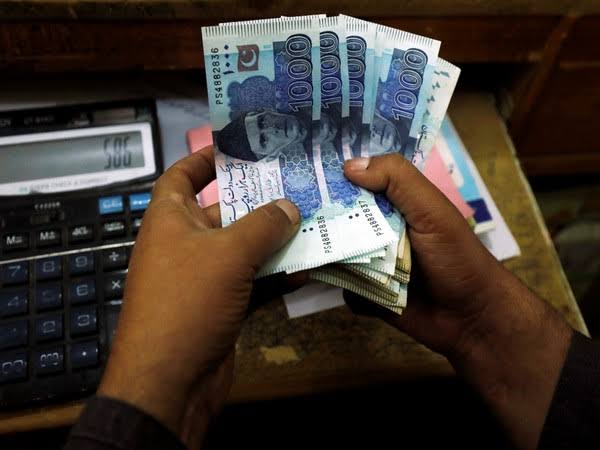The federal government is planning to borrow at least $23 billion for the upcoming fiscal year, which includes a $12 billion rollover of bilateral debt. Out of this total, $20 billion is specifically detailed in the budget documents, while an additional $3 billion from the UAE will help support the balance of payments.
The borrowing plan includes $19 billion allocated for budget financing and to bolster foreign exchange reserves. Within the budget, $3.9 billion is earmarked for foreign commercial loans, although no new debt is anticipated from foreign banks. Interestingly, this plan does not account for any loans from the International Monetary Fund (IMF).
In addition to this, the government expects to roll over $5 billion in deposits from Saudi Arabia. However, there are no projections for new loans specifically for importing petrol.
This borrowing strategy underscores the government’s efforts to manage its financial obligations and maintain economic stability.
By securing funds through a mix of bilateral debt rollovers and support from allied countries like the UAE and Saudi Arabia, the government aims to address its budgetary needs and strengthen foreign exchange reserves without relying on new commercial loans or additional IMF assistance.
This comprehensive borrowing plan reflects the intricate balancing act of meeting immediate fiscal needs while planning for longer-term financial sustainability. The allocation of funds for various purposes, including the rollover of existing debts and securing deposits from allied nations, highlights a strategic approach to maintaining economic stability and supporting development goals.
The government’s decision to avoid new loans from foreign banks and the IMF indicates a cautious approach to managing external debt and preserving financial autonomy. As the new fiscal year approaches, these measures will be crucial in navigating economic challenges and ensuring continued progress towards fiscal stability and growth.


